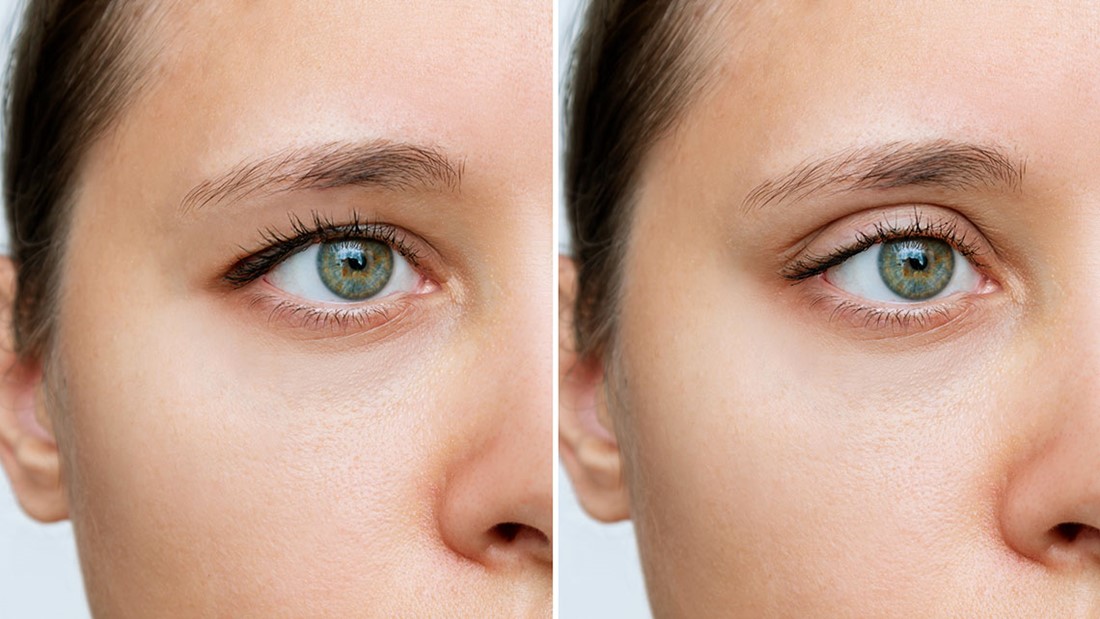Dermatochalasis
What is dermatochalasis?
The skin of the upper eyelid is amongst the thinnest in the body. Over time it stretches and the excess folds over to cover the eyelids and eventually can rub on the lashes or if further still, can impede the superior field of vision. The medical term for excess skin around the upper is ‘dermatochalasis.’
What are the symptoms of having dermatochalasis?
It can become a problem because of the appearance, making one look more tired. The excess skin can rub on the lashes and this can affect mascara or make-up wear. With more severe dermatochalasis, a change in head posture can result – having to tip up the head to see under the excess upper lid skin. Finally, there can be loss of the superior visual field as the excess upper lid skin covers the top part of the vision.
The skin around the eyelids is can stretch quite easily. As the skin ages, the underlying orbicularis oculi muscle and orbital septum also loses tone and becomes loose. Fat from the eye socket can herniate forward. A number of factors such as smoking, sun exposure and hereditary factors exacerbate this. Usually eyelid surgery is undertaken from the late 30s or older when the signs of ageing have manifested.
The field of vision is important for driving as a minimum of 20 degrees of vision around fixation is required for a class 1 driving licence. Your optician can advise you if your visual fields are satisfactory as part of your regular eye test.
What treatment is available for dermtochalasis?
The treatment for dermatochalasis is surgical and is called ‘blepharoplasty.’ There are a number of variations in how the surgery is performed and this can be done under local or general anaesthetic.


